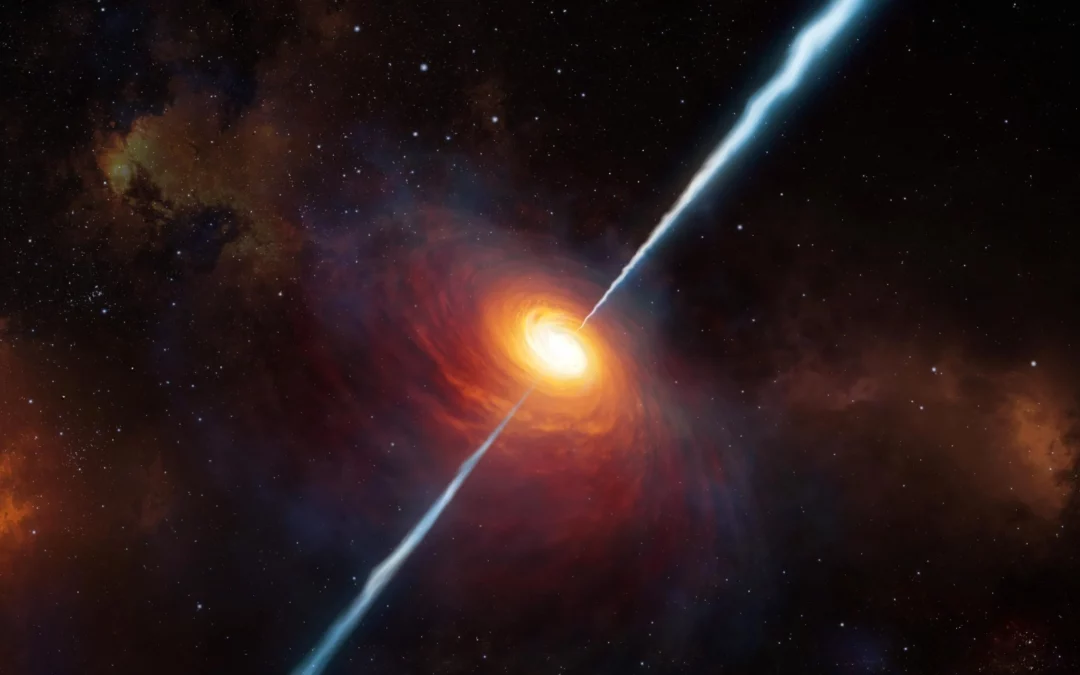An uncommon radio signal from 13 billion years ago has been discovered by scientists, and it has the potential to provide insight into the origin of the universe.
Researchers have made yet another epiphany moment in their effort to understand the origins of life as we know it on Earth by identifying an unusual signal.
The 21-centimeter signal, a radio signal, has the potential to illuminate the process by which the first stars and galaxies in the universe emerged from the obscurity and into the light. This event is referred to as the “Cosmic Dawn” by space scientists.
Anastasia Fialkov, a co-author of the study from Cambridge University, UK, stated, “This is a distinctive opportunity to understand how the universe’s first light emerged from the darkness.”
READ MORE: Global Warming May Result In The Loss Of 80% Of The Himalayan Glaciers, According To Scientists

“We are only beginning to comprehend the narrative of the transition from a cold, dark universe to one replete with stars.”
The international team of astronomers has been able to ascertain that the masses of the earliest stars can be ascertained by analyzing specific radio signals. Hydrogen atoms occupy the gaps between star-forming regions, resulting in the generation of these signals.
READ MORE: Former NASA Scientist Is Seeking To Prove That We Live In A Simulation
The study is predicated on the “faint glow” of the 21-centimeter signal, a “subtle” signal that has been in existence for over 13 billion years, a mere hundred million years after the Big Bang.

The researchers observe that it has been influenced by the radiation from the universe’s early stars and black holes, offering a unique perspective on the universe’s infancy.
Professor Fialkov, who is also a member of Cambridge’s Kavli Institute for Cosmology, stated, “We are the first group to consistently model the dependence of the 21-centimeter signal on the masses of the first stars, including the impact of ultraviolet starlight and X-ray emissions from X-ray binaries produced when the first stars die.”
READ MORE: Scientists Discover Relics Of A ‘Buried Planet’ Deep Within The Earth
“These insights are derived from simulations that incorporate the primordial conditions of the universe, such as the hydrogen-helium composition generated by the Big Bang.”
She stated that the team required a “little imagination” to establish a connection between the data and the “first stars,” but that the implications are “profound.”

“The predictions we are reporting have huge implications for our understanding of the nature of the very first stars in the Universe,” explained Dr. Eloy de Lera Acedo, co-author and Principal Investigator of the REACH telescope and PI at Cambridge of the SKA development activities.
“We provide evidence that our radio telescopes can provide us with information regarding the mass of the first stars and how these early lights may have differed significantly from the stars of today.”
“The radio observations we are conducting from the Karoo in South Africa are guided by the predictions that radio telescopes such as REACH are making, which are essential for unraveling the mysteries of the infant Universe.”
Step into the ultimate entertainment experience with Radii+ ! Movies, TV series, exclusive interviews, live events, music, and more—stream anytime, anywhere. Download now on various devices including iPhone, Android, smart TVs, Apple TV, Fire Stick, and more!


